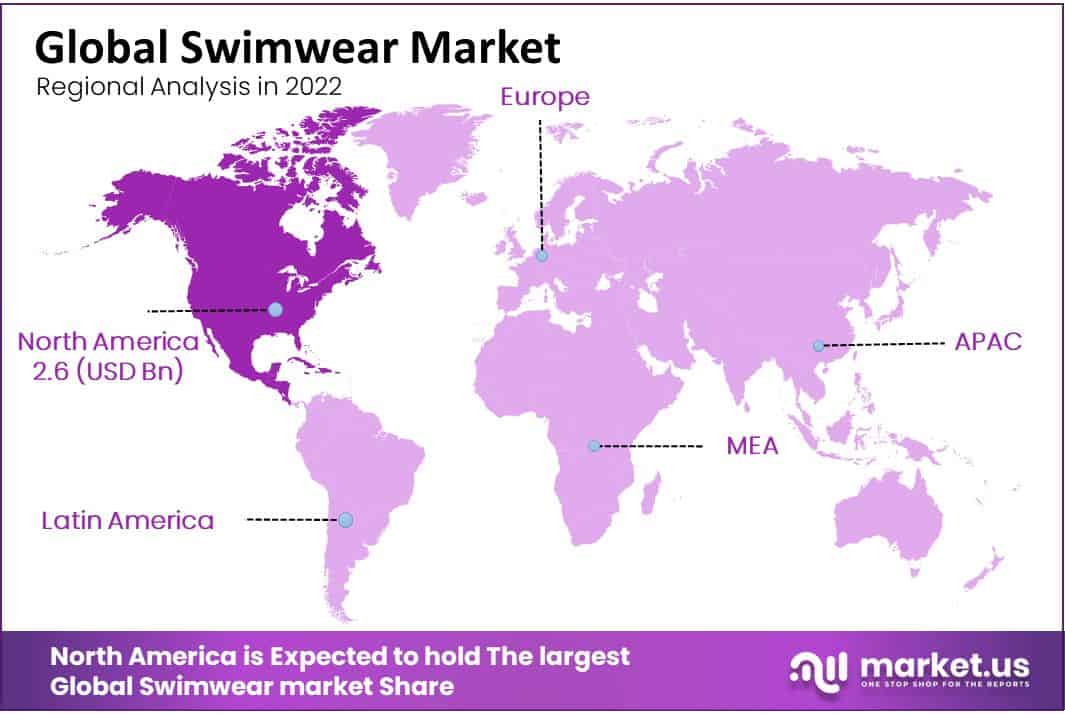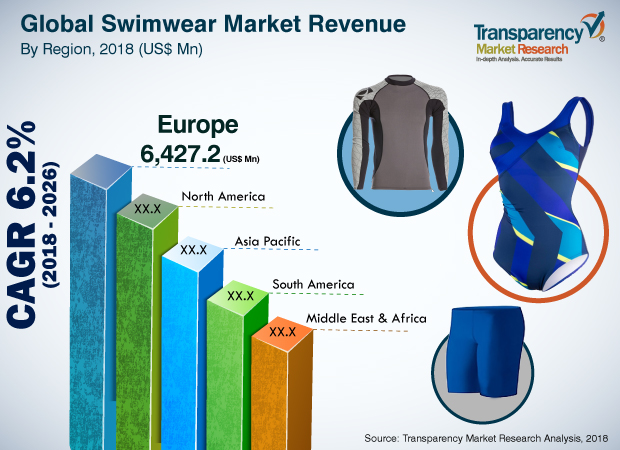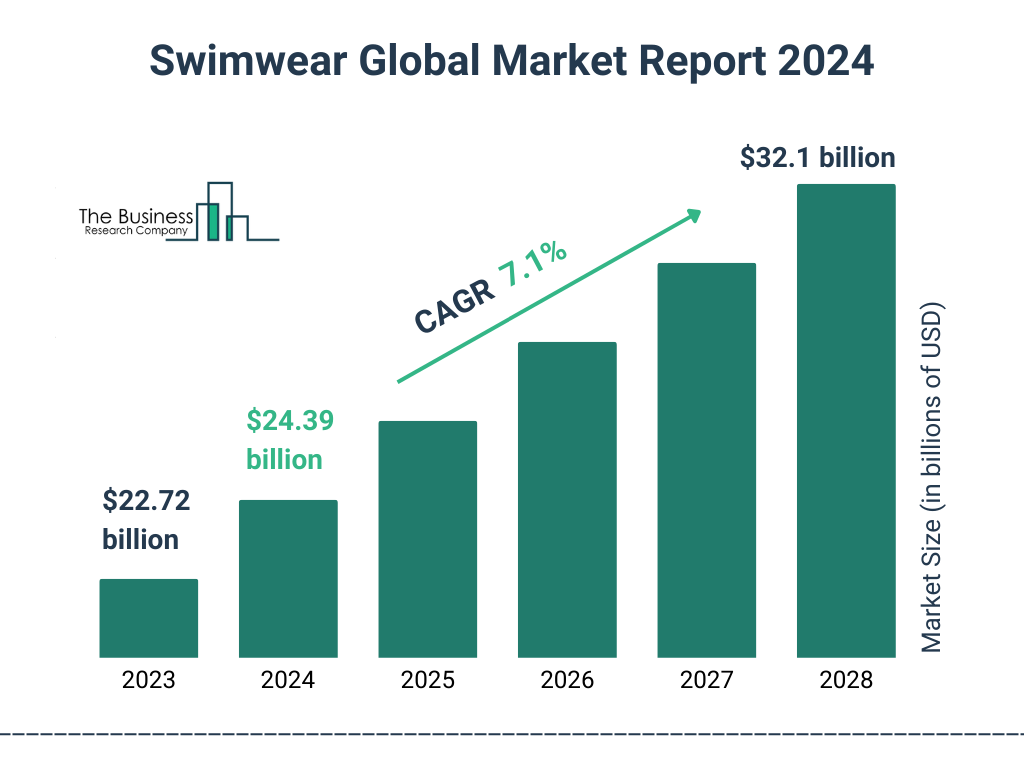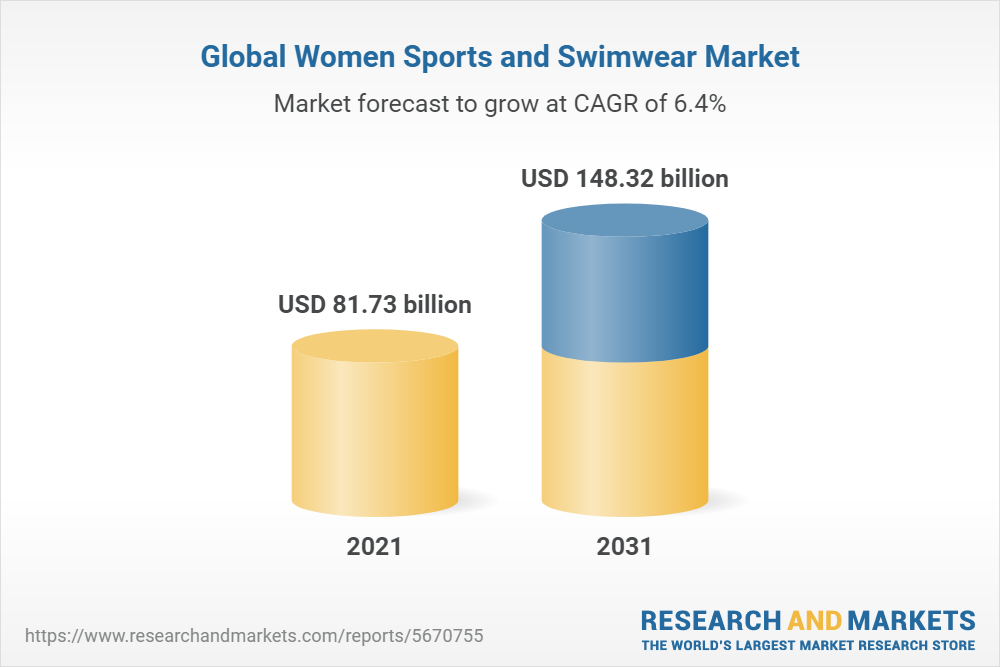Content Menu
● An In-Depth Analysis for Swimwear Manufacturers and Brands
● The Global Value of the Swimwear Industry
● Key Drivers of the Swimwear Industry
● Regional Market Insights
● Market Segmentation
● The Role of OEM Manufacturers
● Industry Challenges and Solutions
● The Future of the Swimwear Industry
● Frequently Asked Questions
>> 1. How much is the swimwear industry worth globally?
>> 2. Which region dominates the swimwear industry?
>> 3. What are the main drivers of swimwear industry growth?
>> 4. How important is sustainability in the swimwear industry?
>> 5. What challenges do swimwear manufacturers face?
● Citations:
An In-Depth Analysis for Swimwear Manufacturers and Brands
The swimwear industry has evolved from a niche market into a dynamic, global sector with significant economic impact. As a leading OEM swimwear manufacturer based in China, understanding the market's value, trends, and opportunities is crucial for serving international brands, wholesalers, and other manufacturers. This comprehensive article explores the question: "How much is the swimwear industry worth?" and provides actionable insights for industry stakeholders.

The Global Value of the Swimwear Industry
How much is the swimwear industry worth? The answer varies depending on the source and the scope of the market being measured. According to recent market research, the global swimwear market was valued at approximately USD 21.22 billion in 2024, with projections indicating it will reach USD 22.04 billion in 2025 and USD 30.59 billion by 2032, growing at a compound annual growth rate (CAGR) of 4.79%[1]. Other industry analyses provide slightly different figures, with some projecting the market size at USD 18.2 billion in 2024 and USD 25.9 billion by 2033[2], while more optimistic forecasts suggest the market could reach USD 45.4 billion by 2033[3]. The variation in these estimates highlights the dynamic and rapidly evolving nature of the swimwear industry.
Key Drivers of the Swimwear Industry
The question "How much is the swimwear industry worth?" cannot be answered without understanding the factors fueling its growth:
- Rising Participation in Water Activities: Increased interest in swimming, water sports, and beach vacations has expanded the consumer base for swimwear. The global emphasis on health and fitness, especially post-pandemic, has further boosted demand[2][13][15].
- Fashion and Innovation: Swimwear has transformed from functional apparel into a fashion statement. Designers and brands continuously introduce new styles, patterns, and materials, catering to diverse consumer preferences[15][20].
- Sustainability Trends: Eco-conscious consumers are driving demand for swimwear made from recycled plastics, organic cotton, and other sustainable materials. Brands that prioritize sustainability gain a competitive edge and attract a growing segment of ethically minded buyers[1][3][16].
- Inclusivity and Body Positivity: The industry is responding to the call for more inclusive sizing and designs, ensuring that swimwear is accessible to all body types and shapes[1][15][20].
- Technological Advancements: Innovations in fabric technology—such as fast-drying, chlorine-resistant, and UV-protective materials—are enhancing the performance and comfort of swimwear[3][11][15].
- E-commerce Growth: The rise of online shopping has made swimwear more accessible to consumers worldwide, with e-commerce platforms driving significant growth in the market[10][15][19].
Regional Market Insights
How much is the swimwear industry worth in different regions? The Asia Pacific region dominates the global swimwear market, accounting for over 32% of the market share in 2024[1]. Some reports suggest the region's share was as high as 37.2% in 2023[3]. North America and Europe are also significant markets, with the United States alone holding a 93% share of the North American market in 2024[10]. The growth in these regions is driven by strong economies, extensive coastlines, and a culture of outdoor living and recreation[15][17].

Market Segmentation
How much is the swimwear industry worth across different segments? The market is segmented by product type, end-user, distribution channel, and region:
- Product Type: One-piece swimsuits, bikinis, tankinis, swim shorts, and trunks.
- End-User: Women, men, and children. The women's segment dominates, accounting for over 65% of the market in 2023[3][15][20].
- Distribution Channel: Offline stores still dominate, but online sales are growing rapidly, with e-commerce expected to have the highest growth rate in the coming years[10][15][19].
- Material Type: Polyester is the most popular material, followed by nylon and spandex, due to their durability, quick-drying properties, and resistance to chlorine and UV rays[3][17][19].

The Role of OEM Manufacturers
As an OEM swimwear manufacturer in China, our role is pivotal in the global supply chain. We provide high-quality, customizable swimwear solutions for international brands, wholesalers, and retailers. Our services include:
- Custom Design and Production: From concept to final product, we offer end-to-end solutions tailored to each client's specifications[8][12][16].
- Sustainable Manufacturing: We incorporate eco-friendly materials and processes to meet the growing demand for sustainable swimwear[8][16].
- Quality Control: Rigorous inspection and testing ensure that every piece meets international standards[8][12].
- Flexible Order Quantities: We accommodate both small and large production runs, making it easier for brands to launch or expand their collections[9][16].
Industry Challenges and Solutions
How much is the swimwear industry worth in the face of challenges? The industry faces several hurdles, including:
- Sustainability Pressure: Consumers are increasingly scrutinizing brands for their environmental impact. Manufacturers are responding by adopting recycled materials and eco-friendly production methods[1][14][16].
- Inventory and Demand Forecasting: Seasonal demand and unpredictable weather patterns make inventory management complex. Advanced forecasting tools and flexible production schedules help mitigate this risk[14].
- Fit and Sizing Issues: Poor fit is a leading cause of product returns, especially in online sales. Brands are addressing this by offering more inclusive sizing and leveraging virtual fitting technologies[14][15].
The Future of the Swimwear Industry
How much is the swimwear industry worth in the future? The outlook is positive, with continued growth expected due to:
- Increasing Consumer Spending: Rising disposable incomes and higher purchasing power are driving demand for premium and luxury swimwear[1][15][19].
- Technological Innovation: Advances in fabric technology and digital retail solutions are creating new opportunities for product differentiation and customer engagement[11][15].
- Global Tourism Recovery: As international travel rebounds, the demand for swimwear is expected to surge, especially in popular vacation destinations[11][13].

Frequently Asked Questions
1. How much is the swimwear industry worth globally?
The global swimwear market was valued at approximately USD 21.22 billion in 2024 and is projected to reach USD 30.59 billion by 2032, with a CAGR of 4.79%[1]. Other estimates suggest the market could be worth up to USD 45.4 billion by 2033[3].
2. Which region dominates the swimwear industry?
The Asia Pacific region leads the global swimwear market, accounting for over 32% of the market share in 2024[1]. Some reports indicate the region's share was as high as 37.2% in 2023[3].
3. What are the main drivers of swimwear industry growth?
Key drivers include rising participation in water activities, fashion innovation, sustainability trends, inclusivity, technological advancements, and the growth of e-commerce[1][3][15].
4. How important is sustainability in the swimwear industry?
Sustainability is increasingly important, with consumers demanding eco-friendly materials and ethical production practices. Brands that prioritize sustainability gain a competitive edge[1][3][16].
5. What challenges do swimwear manufacturers face?
Manufacturers face challenges such as sustainability pressure, inventory management, and fit/sizing issues, especially in online sales[14][15].
Citations:
[1] https://www.fortunebusinessinsights.com/swimwear-market-103877
[2] https://www.imarcgroup.com/swimwear-market
[3] https://market.us/report/swimwear-market/
[4] https://www.ecwid.com/insights/womens-sports-swimwear-segment-revenue
[5] https://www.cbsnews.com/pictures/swimwear-through-the-ages/
[6] https://www.youtube.com/watch?v=rbGV2_IX3co
[7] https://www.youtube.com/watch?v=ZvI9IRCEIJ4
[8] https://portugaltextile.com/manufacturer-swimwear-portugal/
[9] https://www.youtube.com/watch?v=bZFOF11qtVc
[10] https://www.mordorintelligence.com/industry-reports/swimwear-market-industry
[11] https://www.linkedin.com/pulse/swimwear-swimsuit-market-key-trends-growth-development-xcwdf/
[12] https://deepwear.info/blog/swimwear-manufacturing/
[13] https://www.accessnewswire.com/newsroom/en/consumer-and-retail-products/swimwear-market-size-worth-34.2-billion-by-2031-%7C-cagr-6.0-tmr-study-712614
[14] https://www.linkedin.com/pulse/challenges-solutions-usa-sports-swimwear-market-yogita-sharma-usu8f
[15] https://www.grandviewresearch.com/industry-analysis/swimwear-market
[16] https://baliswim.com
[17] https://www.skyquestt.com/insights/swimwear-market-to-witness-usd-20-billion-revenue
[18] https://www.maximizemarketresearch.com/market-report/global-swimwear-market-market/20975/
[19] https://www.alliedmarketresearch.com/swimwear-market
[20] https://www.skyquestt.com/report/swimwear-market
[21] https://www.statista.com/outlook/cmo/apparel/women-s-apparel/sports-swimwear/worldwide
[22] https://woveninsights.ai/site-blog/overview-of-swimwear-retail-industry/
[23] https://activeqstom.com/swimwear-market-research/
[24] https://www.gettyimages.com/photos/designer-beachwear
[25] https://www.shutterstock.com/search/swimsuit
[26] https://www.istockphoto.com/photos/swimwear
[27] https://www.shutterstock.com/search/swimwear-studio
[28] https://swimwearbali.com/10-common-questions-about-swimwear-manufacturing





































